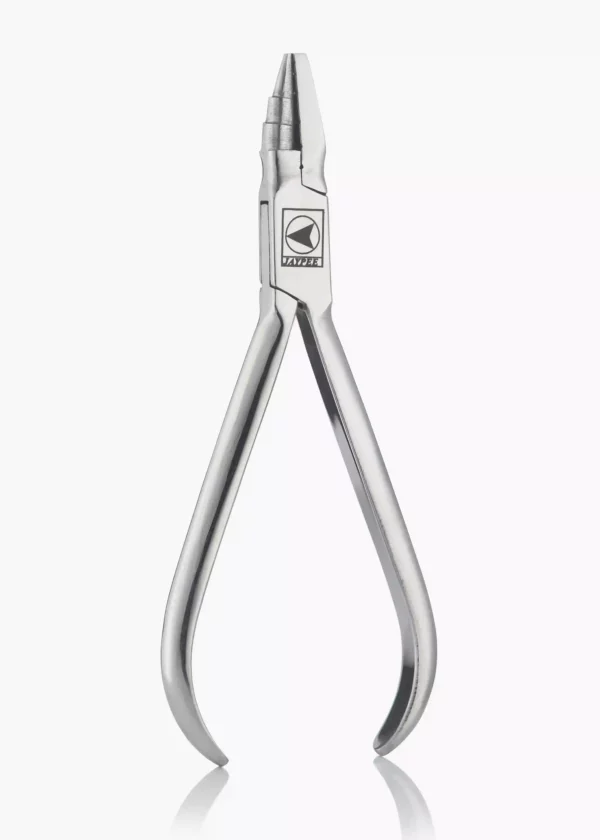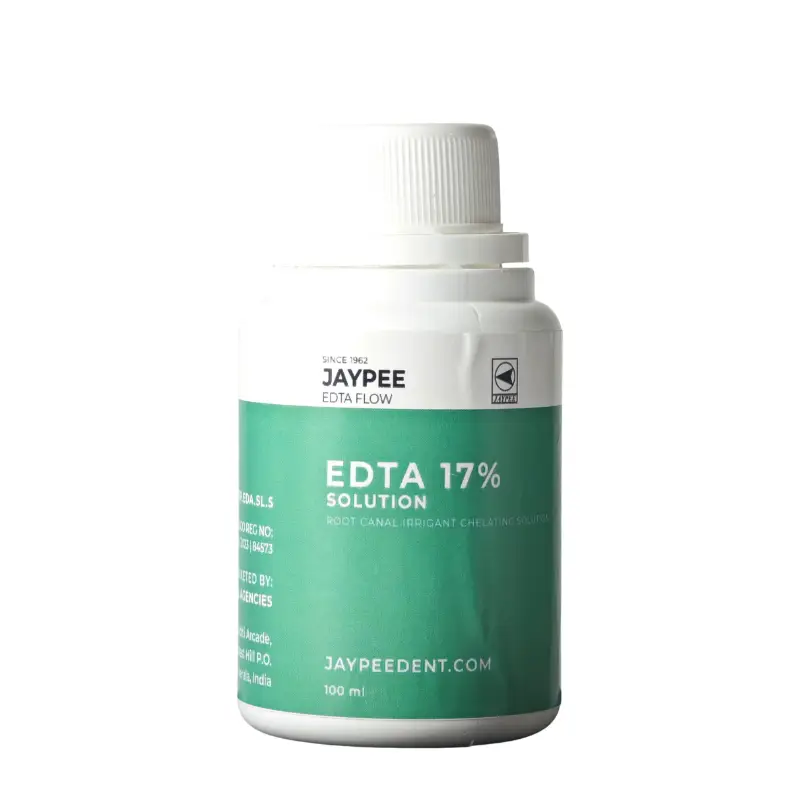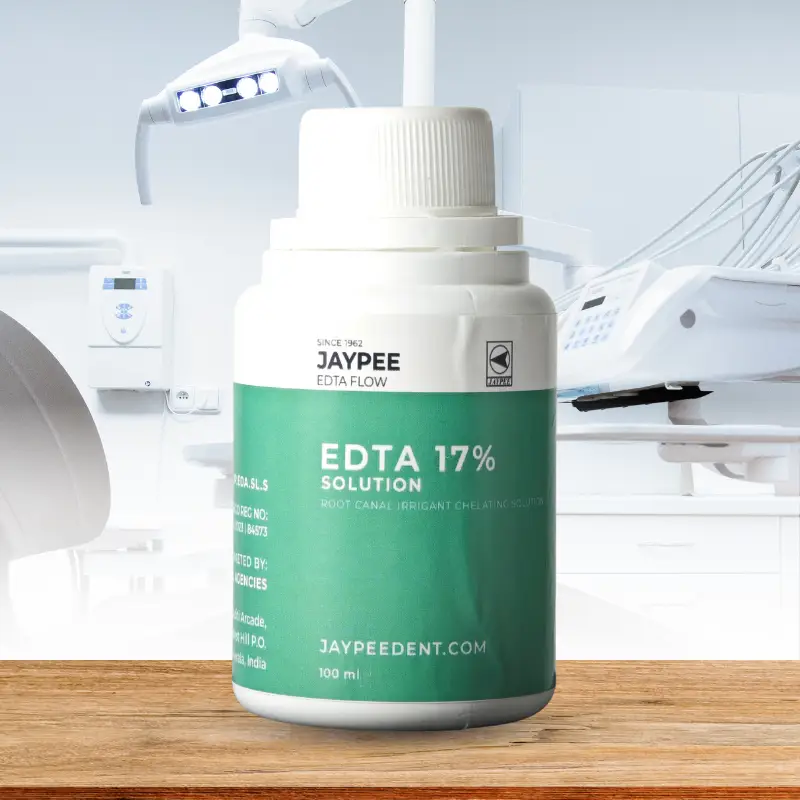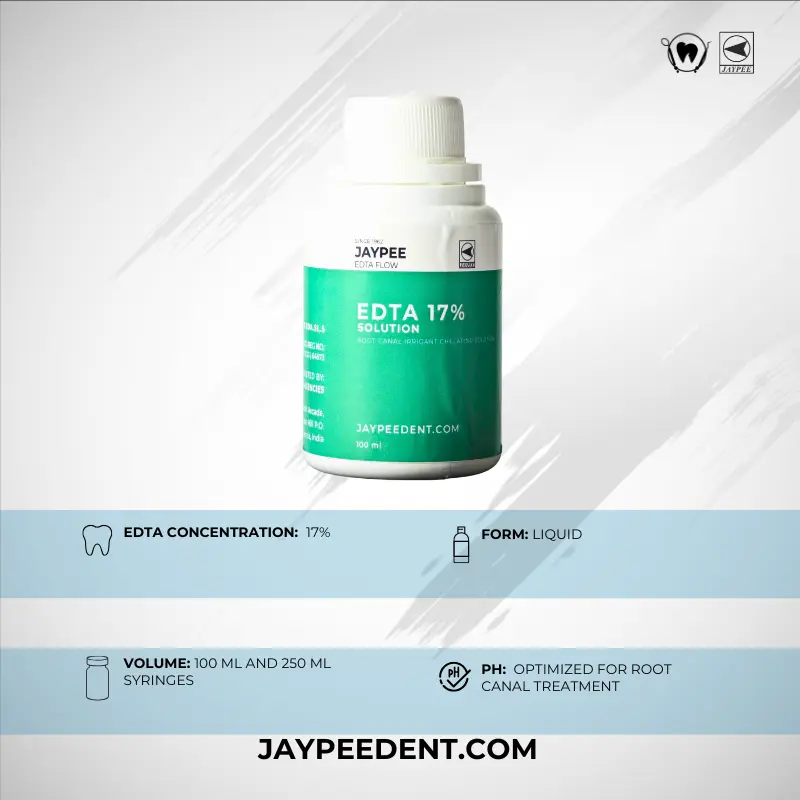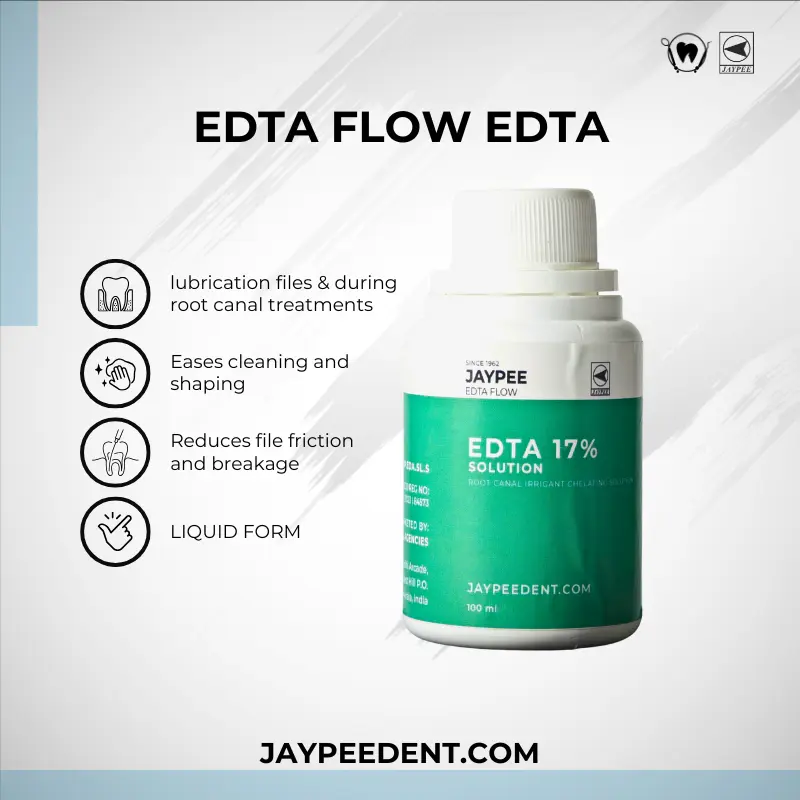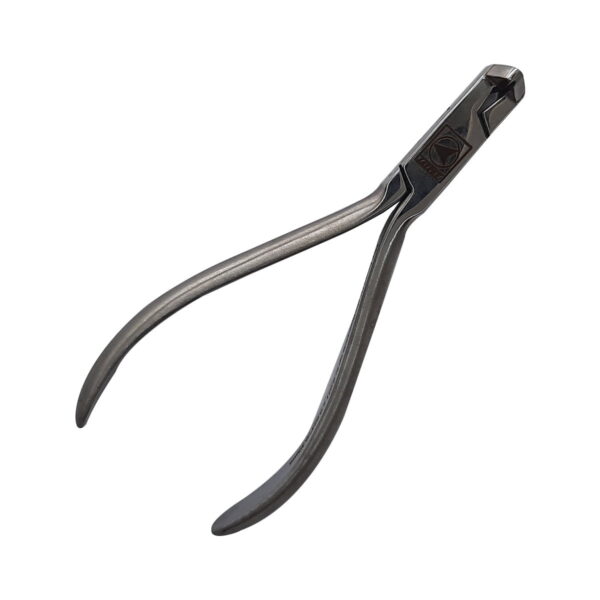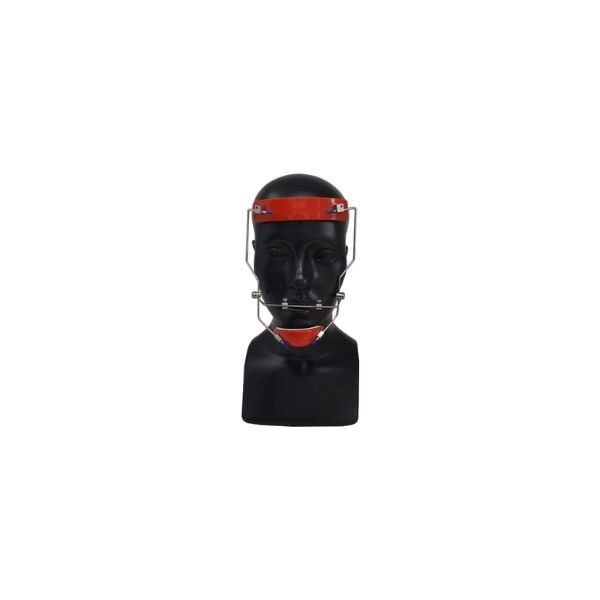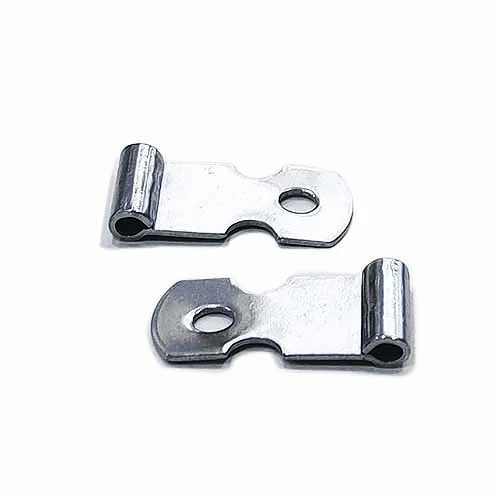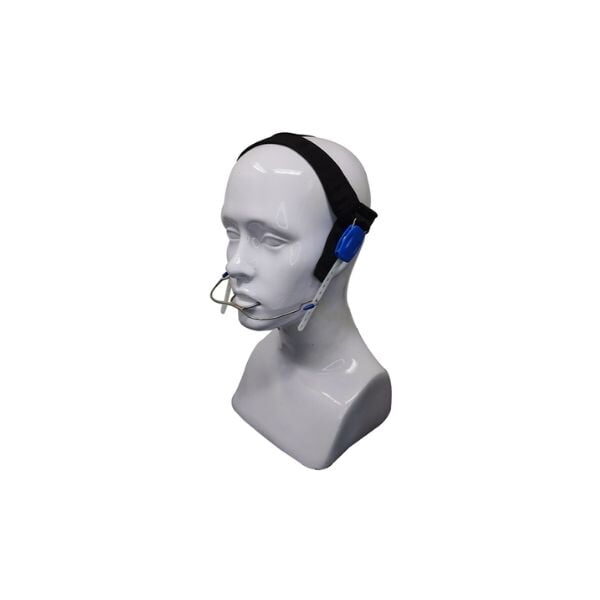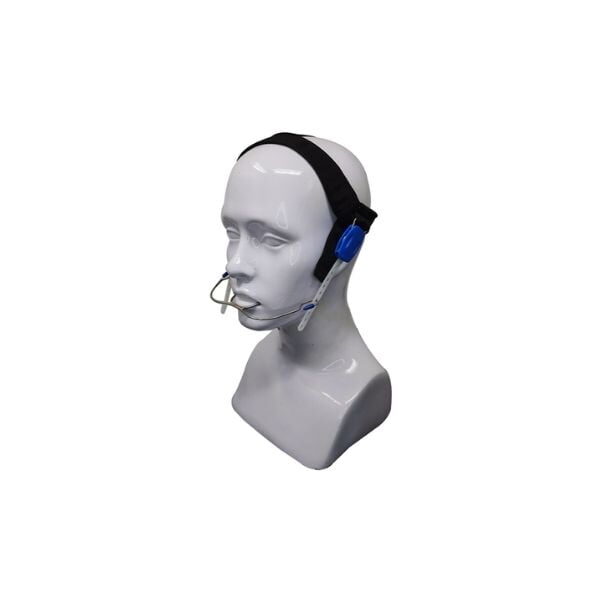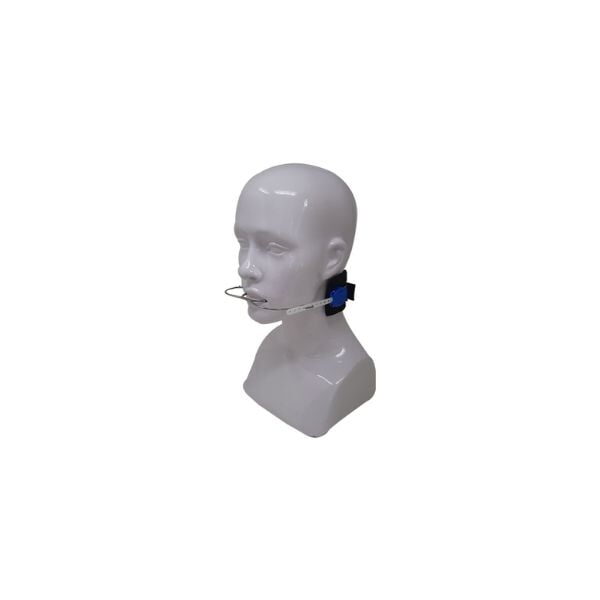Description
EDTA Flow 17% Solution is a premium dental product designed for superior performance in endodontic treatments, especially in complex root canal cases. This water-based solution, buffered to a neutral pH, acts as a powerful chelating agent, effectively softening and decalcifying dentine to simplify root canal instrumentation. By binding with calcium ions (Ca2+), EDTA Flow facilitates smoother shaping and enlargement of root canals, making it particularly effective in cases with narrow or calcified canals, commonly found in posterior teeth.
Smear Layer Removal and Enhanced Canal Preparation
EDTA Flow is its superior ability to remove the smear layer—a thin film of debris left behind during root canal preparation—and inorganic substances from the dentinal surfaces. This solution thoroughly cleans and decalcifies the canal walls, leaving them exceptionally smooth and open, which is essential for subsequent dental procedures. By increasing dentine permeability, EDTA Flow enhances the adhesion and sealing properties of materials used in obturation, ensuring that the canal surfaces are optimally prepared for long-term success. Furthermore, this chelating action promotes deeper penetration into the dentinal tubules, leading to an improved cleaning process and more effective sealing.
Enhanced Dentine Permeability and Optimal Sealing for Root Canal Success
The 17% EDTA solution works by increasing dentine permeability and enhancing the adhesion of materials during obturation. As a result, the canal surfaces are left smooth, clean, and ready for optimal sealing, improving the overall success of the root canal treatment. It’s particularly effective in cases where canals are narrow or calcified, especially in posterior teeth, providing consistent results in even the most difficult scenarios. EDTA Flow is also ideal for use as a final rinse solution before obturation, ensuring that the canals are thoroughly cleaned and prepared for the final steps of treatment.


